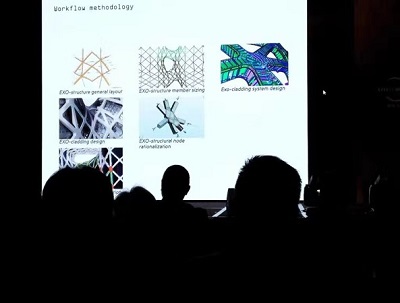February 22, 2019
New set of International Standards for BIM to flourish across projects and borders
The global construction industry is booming, bringing with it global construction projects and the need for efficient tools such as Building Information Modelling (BIM) for managing information. A new set of International Standards has just been published to enable BIM to flourish across projects and borders, benefitting the industry as a whole.
As populations and economies grow, so too does the need for housing and infrastructure, fuelling growth forecasts in the global construction industry of up to 85 % – or USD 15.5 trillion – by 2030). More construction means a greater need for efficient ways of working, which is why the 3D model-based approach of BIM in delivering construction projects is gaining traction worldwide.
BIM gives architects, engineers and construction professionals the ability to plan, design and manage building projects more efficiently. It is growing in popularity, creating the need for an international framework that allows the industry to work together across projects and national borders.
To address this, the first two parts of ISO 19650, Organization and digitization of information about buildings and civil engineering works, including building information modelling (BIM) – Information management using building information modelling, have just been published, providing a framework for managing information through collaborative working using BIM.
“ISO 19650 was developed on the basis of the tried-and-tested British standard BS 1192 and publicly available specification PAS 1192-2, which have already been shown to help users save up to 22 % in construction costs,” spokesman of the ISO technical subcommittee said.
“Taking this to an international level not only means more effective collaboration on global projects, but allows designers and contractors working on all kinds of building works to have clearer and more efficient information management.”
Future standards in the series include a Part 3 on managing the operational phase of assets and a Part 5 dedicated to security-minded building information modelling, digital built environments and smart asset management.

|
|